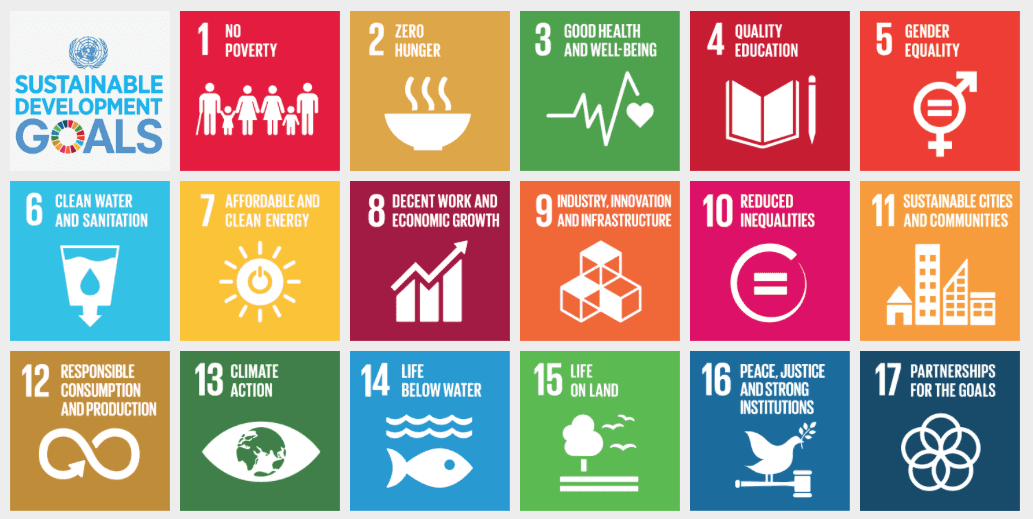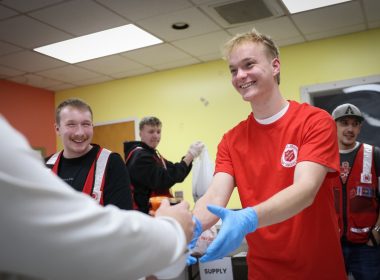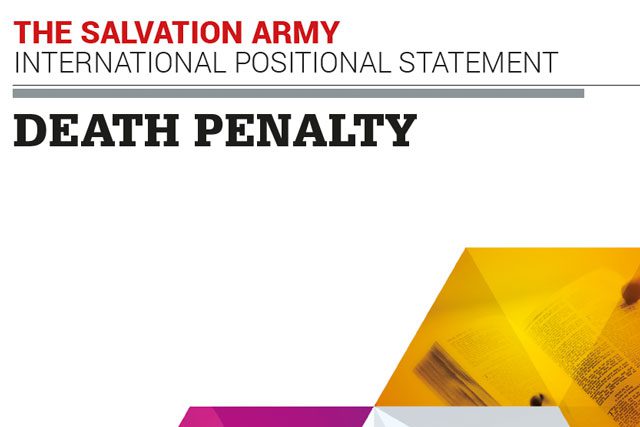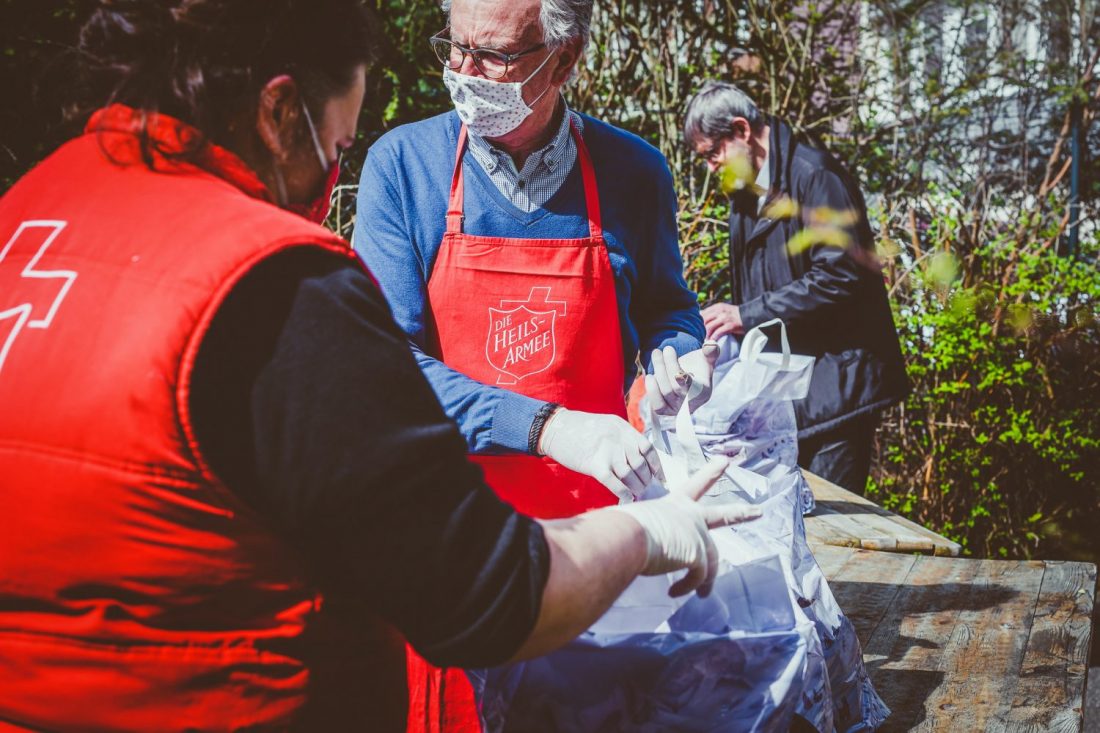Past success calls for further work in seeking justice
By Robert Docter –
The Salvation Army’s mission statement—“…to meet human needs in his name without discrimination”—is evident in The Salvation Army International Social Justice Commission’s (ISJC) recent reports: “Go and Do Something” and “Building a Just World.”
Both describe the schools, hospitals, shelters, feeding programs, rehabilitation centers, and ministries around the world, tying the work of The Salvation Army to the United Nations Millennium Development Goals (MDG) and Sustainable Development Goals (SDG).
These goals date back to 2000 when the UN brought 189 countries together with the goal to end all forms of extreme poverty by 2015. This goal was broken down into eight MDGs to accomplish the ambitious task. “Building a Just World” explains the MDGs with The Salvation Army’s approach, work and progress related to each goal.
For example, “The Salvation Army had administered 2,071 primary and kindergarten schools in 54 countries” – contributing to the goal of achieving universal primary education (MDG 2).
“We are motivated and energized by deep spiritual beliefs and values…our desire to God’s work of saving his world,” General André Cox writes in the introduction.
From promoting gender equality and empowering women (MDG 3) to ensuring environmental sustainability (MDG 7), the Army is hard at work across the spectrum of these international goals. But, as the report points out, there’s still more to do.
The MDGs brought significant change, but ultimately paved way to the SDGs—17 ambitious and multifaceted goals that make up today’s global agenda. “Go and Do Something” explores all 17.
“The SDGs are based on a shared vision of what world leaders want the world to be like in the future—a future is secure, sustainable and based on equality of all peoples both between nations and within nations,” said The Salvation Army’s UN Representative Major Victoria Edmonds.
Examples include the goal to end poverty (SDG 1) to ensuring clean water and sanitation (SDG 5) and conserving land ecosystems (SDG 15).
You don’t have to look far to see work of The Salvation Army putting the SDGs to action. The Pasadena Tabernacle, for instance, recently began a “Weekend Backpack Program” to provide kid-friendly meals for children to take home on the weekends from school. This program targets youth in poverty-stricken families in the area. The backpacks contain food in order for kids to avoid stigma and negative attention. This is the SDGs at work—specifically the one calling for the end of hunger and access by all people (SDG 2).
The UN calls on all of us to take action in achieving the SDGs. The Salvation Army is steadfast in action, beginning long before the these international goals. It’s helping lay the foundation for others to learn from, but more work needs to be done.
As Commissioner Janine Donaldson reminds readers in “Go and Do Something”: “The potential for tomorrow depends on what we do today.”
Find the reports and more at salvationarmy.org/isjc.

Listen to this article
You May Also Like
A people of peace
The General’s 2020 Christmas Message By Brian Peddle, General- The year 2020
3 minute read
December 17, 2020










